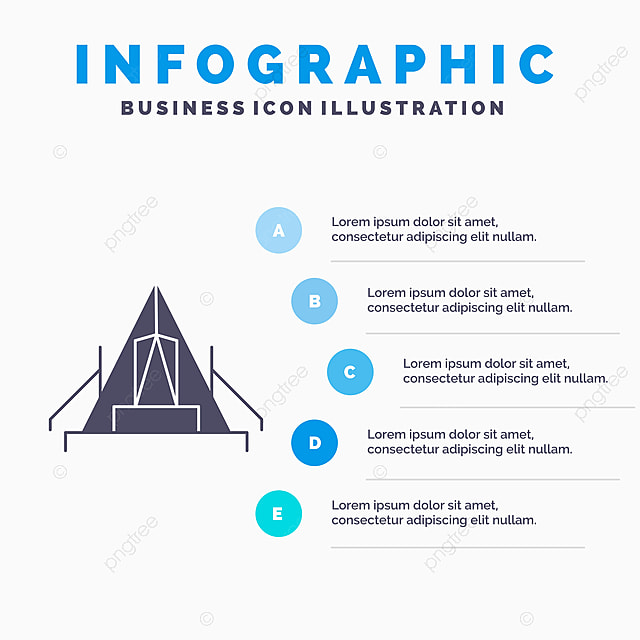Bell camping tents are coming to be progressively prominent as functional, fashionable sanctuaries for camping and glamping. However what's the background behind this long-lasting style?
How much does a good tent cost?
Henry Hopkins Sibley patented the single-pole conelike tent that we understand as a bell outdoor tents. However, he defected to the Confederacy and never got his nobilities.
Eventually, somebody else added brief wall surfaces to the cone canopy and designed what we currently know as a bell camping tent.
Beginnings
The popularity of bell camping tents is expanding, and they're now a staple at outdoor camping events and as stylish backyard hideaways. Their spacious insides provide a versatile home from home setting that's optimal for households and teams of close friends, while the circular style helps with security in solid winds.
The design of the modern bell camping tent can be traced back to armed forces camping tents made use of by European militaries during the Crimean Battle in 1853-1856. After that, in America, a soldier called Henry Hopkins Sibley patented a similar structure that drew ideas from American Tipis.
Both layouts are still in use today. However, Sibley camping tents vary from their even more current relatives in that they have side walls and a raised larger entrance. Sibley tents likewise count on a solitary main post for assistance that makes them less complex to establish yet restricts arrangement alternatives.
Objective
Bell outdoors tents' unique form and spacious interiors make them the optimal option for a large range of outside activities. Whether you're hosting a backyard camping event, glamping at a remote all-natural hideaway or taking place an impressive fantasy-inspired journey, the convenience of these outdoors tents makes sure that your experience will certainly be comfortable and trendy.
The bell-shaped camping tent was initially patented in 1856 by Henry Hopkins Sibley, who had developed the design after observing Native American tipi outdoors tents. Nonetheless, he surrendered from the US Army at the outbreak of the Civil Battle, waiving his legal rights to future nobilities.
Since then, the style has come to be a staple of lots of glamping experiences. These extravagant camping tents typically feature plush bed linens and en-suite shower rooms, providing campers the opportunity to enjoy nature without giving up convenience.
Layout
In the modern, bell camping tents have experienced a rebirth in appeal, as individuals look for a more immersive outdoor experience. They are made use of in a range of settings, including outdoor camping, glamping, and occasions. Their special shape, spacious insides, and fairly easy assembly make them a preferred option for those seeking a classy, historical flair to their outdoor experiences.
The distinct shape of a bell tent develops high ceilings and adequate headroom, making it comfy to stand in and move around. In addition, the facility pole is not placed near the entry of the camping tent, enabling more privacy and room inside the shelter.
The bell tent layout traces back to an American soldier named Henry Hopkins Sibley, who was motivated by Native American tipi tents when creating his version of the bell outdoor tents in 1856. His style was a significant renovation over standard army outdoors tents, which were challenging to transport because of their complex building and construction.
Materials
In modern-day times, Bell Tents are crafted from superior materials that are created for long-lasting longevity. This is why they are a prominent choice amongst recreational campers, festival-goers, and glampers alike.
In the 19th century, a United States Army police officer named Henry Hopkins Sibley adjusted conventional outdoors tents into what is currently referred to as the modern-day bell tent. He based his style on Native American Tipi frameworks, including short wall surfaces to the central post framework that made it extra steady.
Today, polycotton canvas is an usual material made use of in the building of bell outdoors tents. This blend of cotton and polyester supplies a large range of advantages, including breathability, premium weather resistance, and less complicated upkeep than pure cotton canvas. This material is likewise sturdy and abrasion-resistant. It is thicker than many nylon textiles, however, which can make it hefty and more expensive than regular tents.
Modern
In modern day, the popularity of Bell Tents has actually exploded thanks to glamping websites and festivals providing these sizable camping tents for pairs, groups and family members to delight in. The visual appeal and sturdiness of these round tents are attracting several campers.
Whether it be rain or wind, these camping tents hold their very own against the aspects. Typically, they're made with canvas that is treated to secure versus wetness, mold and UV camping gifts for men rays.
What are the types of camping?
It isn't clear precisely when these tents were designed, but it's extensively known that they're a variant of a Sibley tent - called after Henry Hopkins Sibley, who adjusted the layout of the American Indian tipi. It is believed that whoever included short wall surfaces to Sibley's cone canopy was in charge of the creation of the bell camping tent as we know it today.
